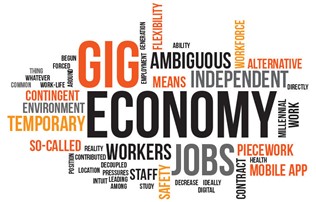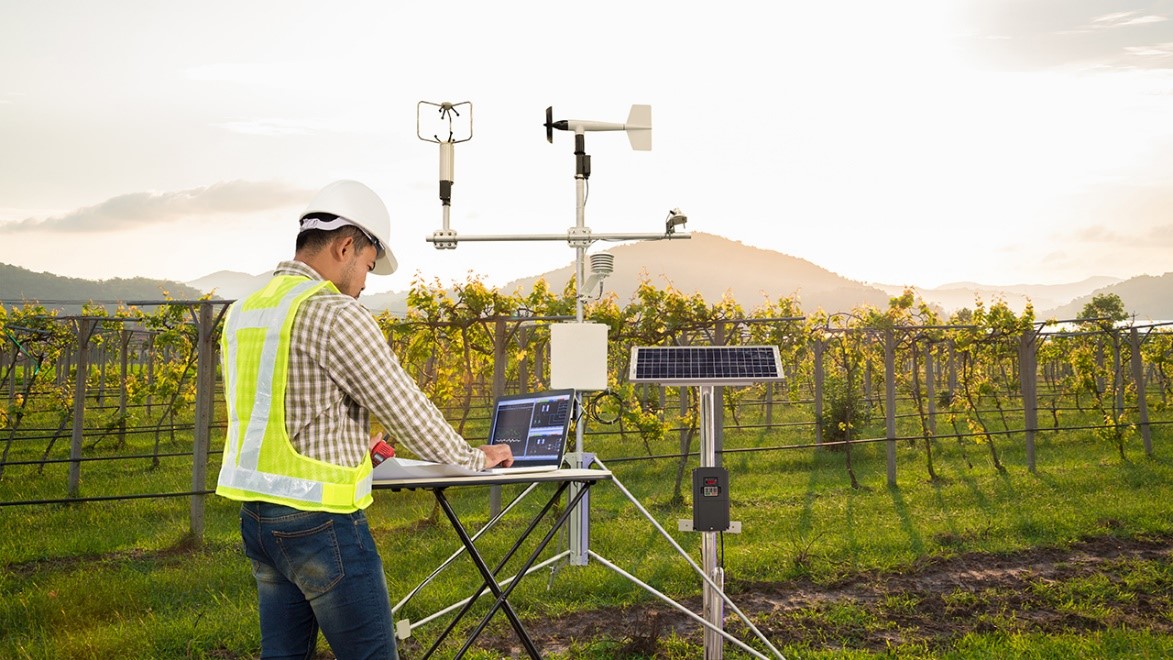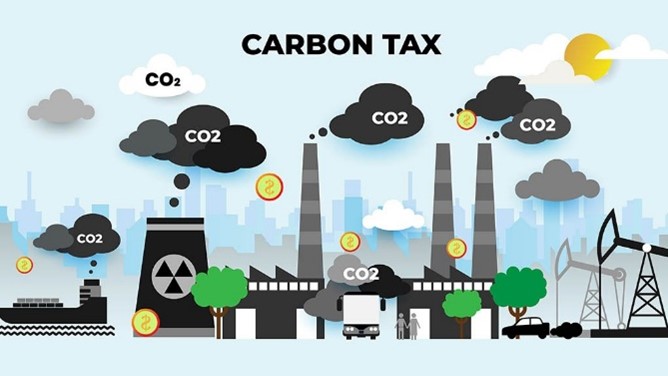Gig Economy and Labor Market Dynamics

Gig Economy and Labor Market Dynamics
by vivienne 10:10am Jan 06, 2025

The gig economy refers to a labor market characterized by the prevalence of short-term, flexible jobs, often facilitated through digital platforms or apps. Workers in the gig economy are typically considered independent contractors or freelancers, rather than full-time employees. This includes ride-sharing drivers (e.g., Uber, Lyft), food delivery workers (e.g., Door Dash, Grub hub), freelance workers in fields like writing, graphic design, and software development, as well as other temporary or part-time roles. 
As the gig economy has grown, it has profoundly affected labor market dynamics, raising important questions about worker rights, income security, and the long-term sustainability of this model.
Key Features of the Gig Economy:
-
Flexibility and Autonomy:
One of the defining characteristics of the gig economy is the high degree of flexibility it offers workers. Gig workers can set their own schedules, choose when and where they want to work, and take on as many or as few jobs as they wish. This appeals to people seeking supplemental income, individuals with other responsibilities (e.g., students, parents), or those desiring more control over their time.
Digital Platforms and Technology:
The gig economy is largely driven by technology and digital platforms, which act as intermediaries between workers and clients or consumers. Apps like Uber, TaskRabbit, Fiverr, and Upwork facilitate the matching of gig workers with tasks or services, making it easier for people to access these jobs and for businesses to find workers without traditional hiring processes.Independent Contractors:
Most gig workers are classified as independent contractors, not employees. This classification comes with both advantages and disadvantages. While workers benefit from autonomy, they typically lack the protections and benefits that come with traditional full-time employment, such as health insurance, paid leave, and retirement savings plans.-
Income Variability:
Unlike salaried positions, income in the gig economy tends to be highly variable. It depends on the number of gigs taken, the rates paid for services, the time spent working, and sometimes factors like location or seasonality. This variability can be both appealing (the potential for high earnings during peak times) and a source of stress (inconsistent income streams and periods of underemployment).

Impact of the Gig Economy on Labor Market Dynamics:
1. Changing Nature of Employment
The gig economy is challenging the traditional employment model. In many sectors, there’s a shift away from full-time, permanent jobs towards more temporary, on-demand work. This has led to:
Increased Precarity: While flexibility is a benefit, gig workers often face income instability, job insecurity, and a lack of long-term career development.
Rise of "Portfolio" Careers: Some workers blend multiple gigs (e.g., a freelance writer, a rideshare driver, and a tutor) to create a more diversified, self-directed career path.
Decline of Traditional Benefits: With more people working as independent contractors, the traditional employer-provided benefits (health insurance, retirement plans, paid time off) are becoming less common. This raises concerns about workers’ financial and social security.

2. Impact on Wage Distribution and Inequality
The gig economy can contribute to both wage compression and wage disparity:
Wage Compression: The standardization of rates across platforms (such as a fixed price per ride or delivery) can compress wages at the lower end of the income spectrum.
Wage Inequality: On the other hand, gig workers with specialized skills or access to high-demand markets (e.g., software developers on Upwork or high-end consultants) can earn significantly more than those in low-skill or highly competitive sectors (e.g., food delivery). This disparity contributes to growing income inequality, especially as the gig economy expands into higher-skilled fields.
3. Increased Labor Market Fluidity
The gig economy contributes to a more dynamic and fluid labor market where workers can move quickly between jobs or industries. This fluidity can be positive in terms of allowing people to find work suited to their skills and preferences. However, it also means there is less attachment to particular employers, and individuals may lack the professional networks or long-term career pathways that come with traditional employment.
4. Disrupting the Traditional Employer-Employee Relationship
As gig workers are typically classified as independent contractors, the traditional employee-employer relationship is being redefined. This creates challenges in areas such as:
Legal Protections: Gig workers often do not have the same rights as full-time employees, such as protection from unjust termination, workers' compensation, or anti-discrimination laws.
Collective Bargaining: Unlike traditional employees, gig workers have limited ability to organize and negotiate collectively for higher pay or better working conditions. This weakens their bargaining power.
Taxation and Social Safety Nets: Independent contractors are responsible for their own taxes and social security contributions, which can be a challenge, especially for those with irregular income.

5. Labor Market Participation
The gig economy has brought more people into the labor market, especially among groups that face barriers to traditional full-time employment, such as:
Older Workers: Seniors who may not want or need full-time work can supplement their income through gig work.
Women and Caregivers: The flexibility of gig work has been particularly beneficial for women who need to balance work with caregiving responsibilities.
Young People and Students: The gig economy offers students and younger workers a way to earn money without committing to traditional 9-to-5 jobs, which can conflict with school schedules.
6. Impact on Employer Behavior
Employers in traditional industries are increasingly adopting gig economy-like structures, leveraging short-term or contract workers to avoid the costs and obligations of permanent employees. For example, large tech companies may rely on contractors for short-term projects, offering flexibility to both the employer and worker but shifting the responsibility for benefits, healthcare, and retirement savings away from the employer.
Policy Implications for the Gig Economy:
The growth of the gig economy raises several critical policy questions, particularly regarding the treatment of gig workers and the regulation of this new labor market model. Some key policy considerations include:
-
Worker Classification and Protections
One of the most pressing issues is whether gig workers should be classified as independent contractors or employees. Many advocates argue that gig workers need greater legal protections, including access to benefits like healthcare, unemployment insurance, and paid leave. Some countries and states have attempted to address this through legislation like California's AB5 or the UK's Supreme Court ruling on Uber drivers being employees.
-
Universal Social Safety Nets
In a labor market with a growing number of independent contractors, traditional benefits tied to full-time employment are becoming less effective. Some policy proposals suggest expanding universal social safety nets, such as universal health coverage, universal basic income (UBI), or portable benefits systems that would allow gig workers to retain benefits (e.g., health insurance, retirement savings) regardless of the number of jobs or employers they have.
-
Minimum Wage and Wage Transparency
For gig workers, especially in low-skill sectors, establishing minimum wage standards and ensuring wage transparency is important. The introduction of minimum pay floors for gig economy jobs, or the requirement for platforms to disclose earnings and tips, could help address income volatility and wage inequity.
-
Taxation and Social Contributions
With more workers classified as independent contractors, there’s a need to rethink tax structures and social contributions. Governments might need to simplify tax reporting for gig workers or create systems that automatically contribute to social safety nets, such as retirement savings, to avoid gaps in coverage.
Collective Bargaining and Representation
As gig workers are often excluded from traditional labor union representation, policymakers may need to explore new models for collective bargaining. This could include the recognition of digital platforms as employers in some capacity or the establishment of independent unions for gig workers.
Conclusion:
The gig economy is reshaping labor market dynamics in profound ways, offering flexibility and new opportunities but also presenting significant challenges around income security, worker rights, and long-term career stability. While it provides economic benefits such as increased labor market participation and job flexibility, it also raises concerns about inequality, job precarity, and the erosion of traditional employment protections. Policymakers must carefully balance the need for innovation with the protection of workers’ rights, ensuring that the gig economy works for everyone, including those at its margins.






